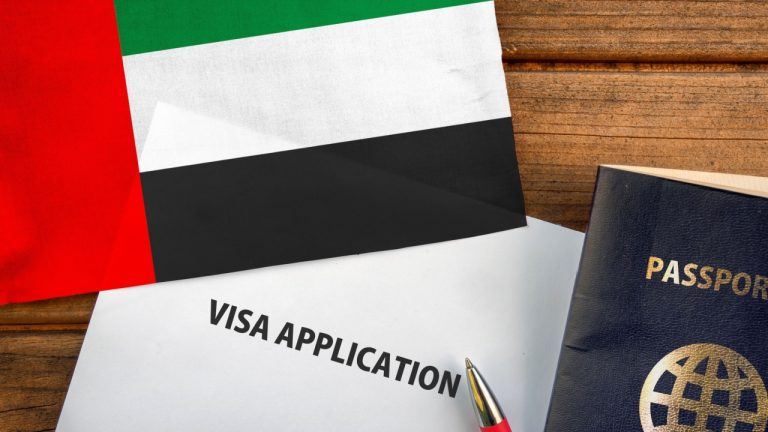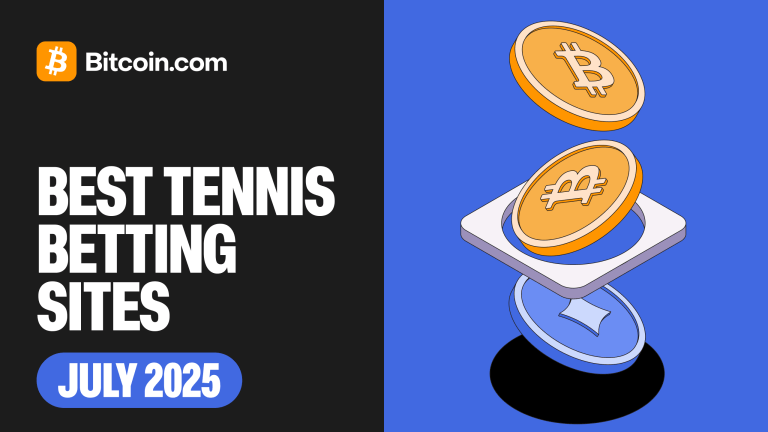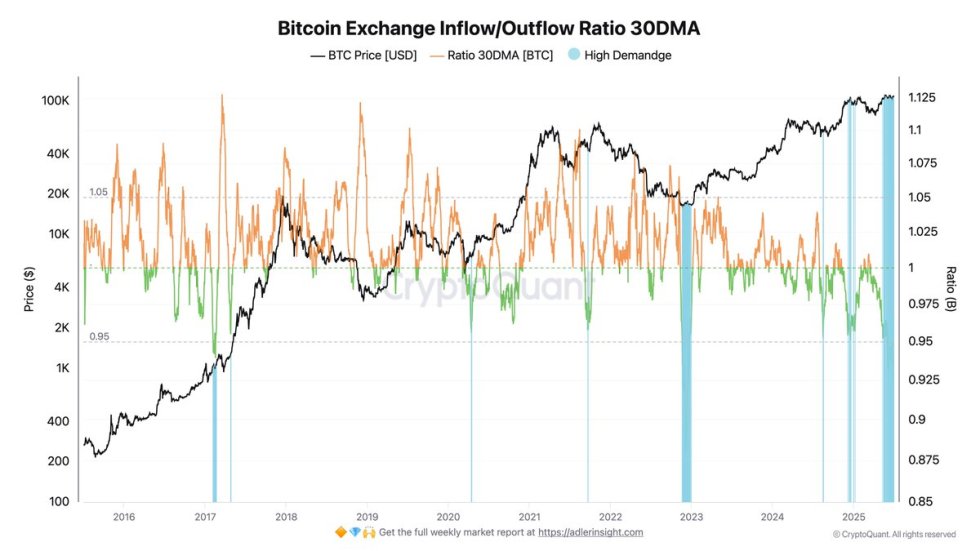Countdown is on coin (dot) dance, and I'll give you a little history as to why the BCH blockchain is some 2.5k blocks ahead of BTC. TL;DR: because initial difficulty adjustment algorithm (DAA) was changed to make the fork survive, but it was gameable by miners and it resulted in accelerated block times during the first 6 month period of the fork. The DAA got fixed later and the current one ("ASERT") works great to keep block times stable, and the DAA actually benefits both chains.
BCH was created in the '17 hard fork result of years long technical debate and contention about how to scale and evolve Bitcoin. When fork happened, the main difference was BCH moving to 8 MB blocks, and from then on it took an independent evolutionary path and we did many network upgrades, most recent one giving us full L1 DeFi ('22) & native token capabilities ("CashTokens", '23).
Thing is, at the moment of a hard forking split, one blockchain becomes two, with each chain having their independent instance of Nakamoto Consensus game, meaning one chain doesn't care about "longest chain" (actually, cumulative chainwork) of the other. It also meant miners have to decide how much hashrate to allocate to each chain in a way that will make them most money. Problem is, if you just forked while keeping the same block difficulty and difficulty adjustment algorithm (DAA), then blocks would slow down by a lot do to original DAA being slow to adjust. If you'd fork with 10% hashrate, your blocks would be coming in at average 100 minute intervals for a while. If you'd fork with 90% hashrate, then the other chain would have the problem.
When preparing a fork, the fork time or height must be set ahead of time so everyone has ample time to upgrade the software and be ready for it, and it's not possible to predict exactly how the markets will value the fork. It is markets that give networks their bidding power for hashes, and miners sell those networks as much hashes as the networks can afford (block reward x market price).
So, BCH fork devs came up with an "emergency" DAA (EDAA), which would rapidly reduce difficulty if the next block would take too long to arrive. Problem was, this was gameable: miners would intentionally stop mining BCH to trigger the "emergency" adjustment, and then mine a bunch of blocks at a faster rate than the target 10 minute. This accelerated the emission of blocks during the time while BCH had the EDAA. It was fixed in a network upgrade 6 months later, which implemented the "cw-144" DAA.
This one worked fine for a while, until pools figured out how to game it by switching back and forth between BTC and BCH. It was still maintaining 10 minute blocks on average so no more problem with accelerating the schedule, but block times oscillated around the average more than they should.
Finally in 2020, BCH upgraded to "ASERT" DAA which is belongs to the exponentially weighted moving average (EWMA) family and performs great!
There's even been some academic work, an empirical study showing that it performs well and that it benefits BTC, too, see Kawaguchi K., Komiyama J., Noda S.: "Miners' Reward Elasticity and Stability of Competing Proof-of-Work Cryptocurrencies" (2022).
[link] [comments]

You can get bonuses upto $100 FREE BONUS when you:
💰 Install these recommended apps:
💲 SocialGood - 100% Crypto Back on Everyday Shopping
💲 xPortal - The DeFi For The Next Billion
💲 CryptoTab Browser - Lightweight, fast, and ready to mine!
💰 Register on these recommended exchanges:
🟡 Binance🟡 Bitfinex🟡 Bitmart🟡 Bittrex🟡 Bitget
🟡 CoinEx🟡 Crypto.com🟡 Gate.io🟡 Huobi🟡 Kucoin.




















Comments